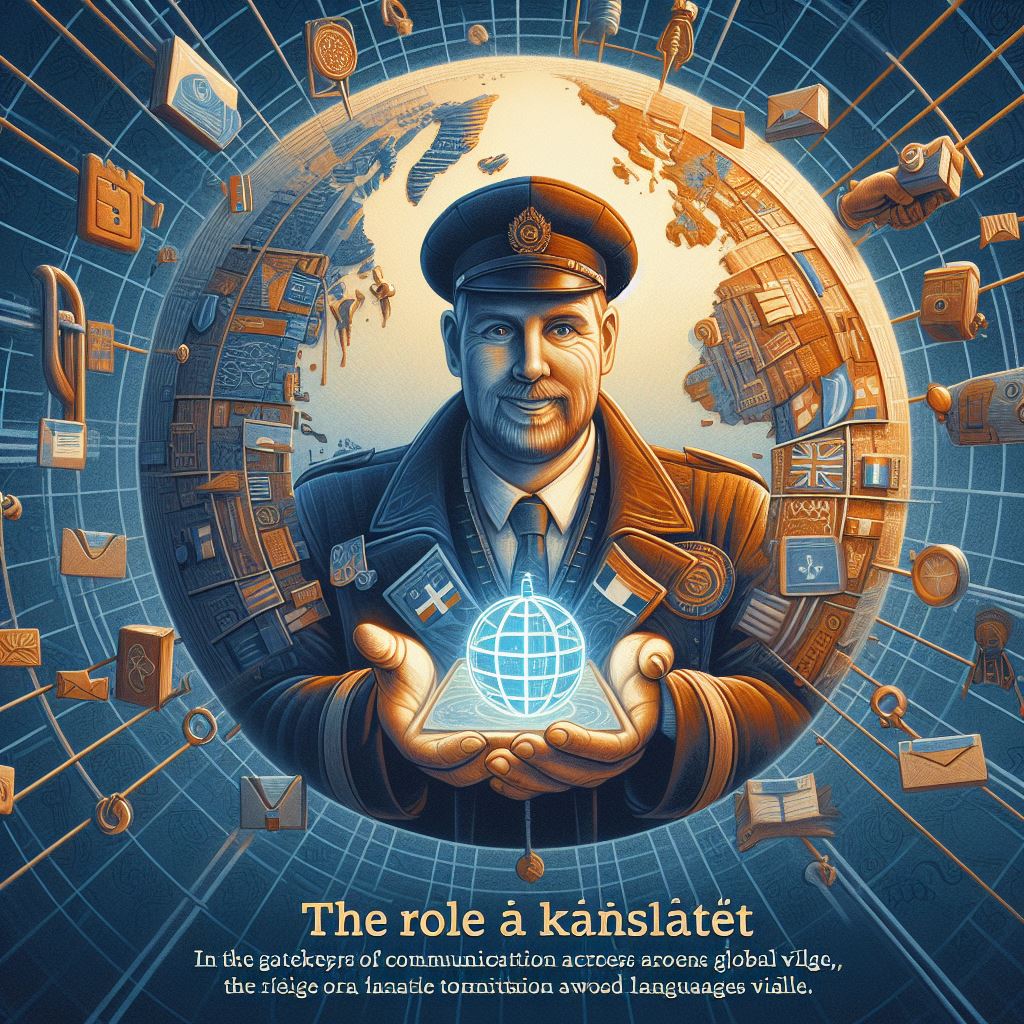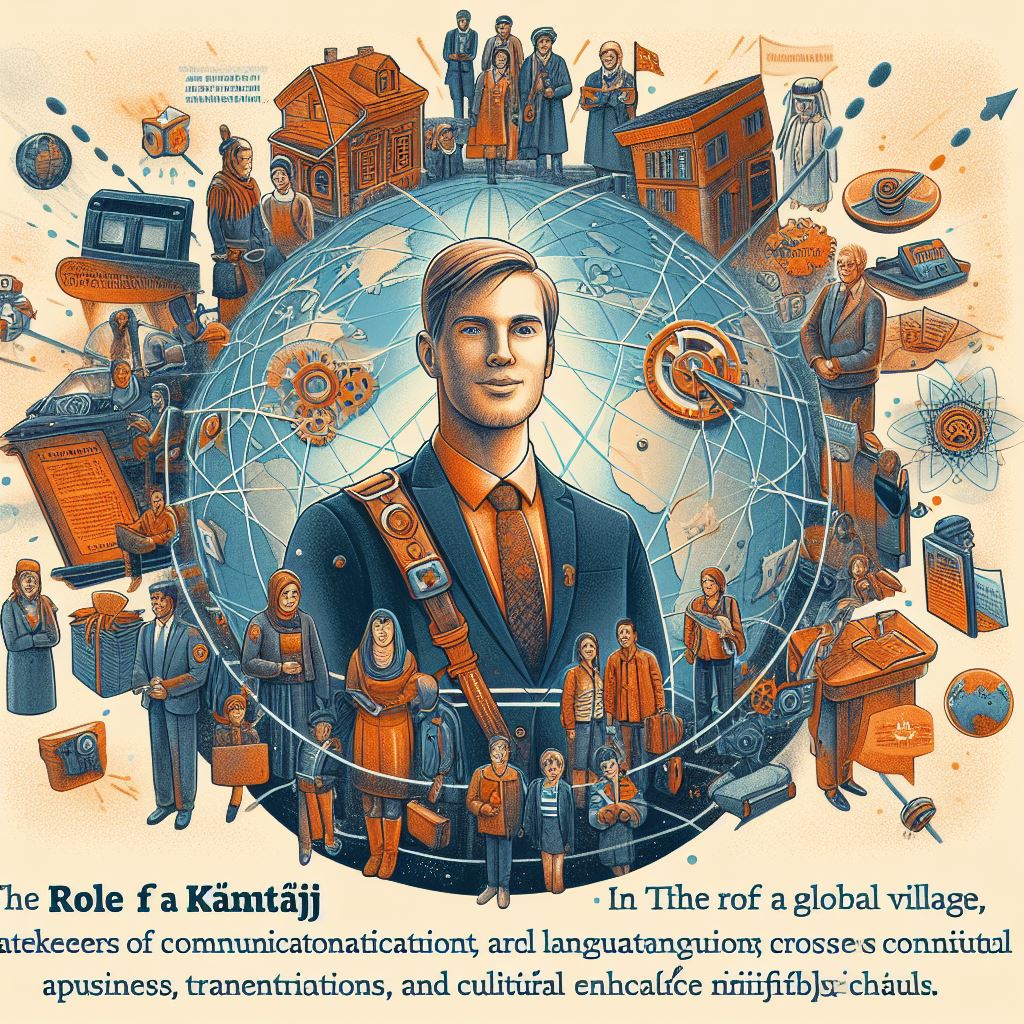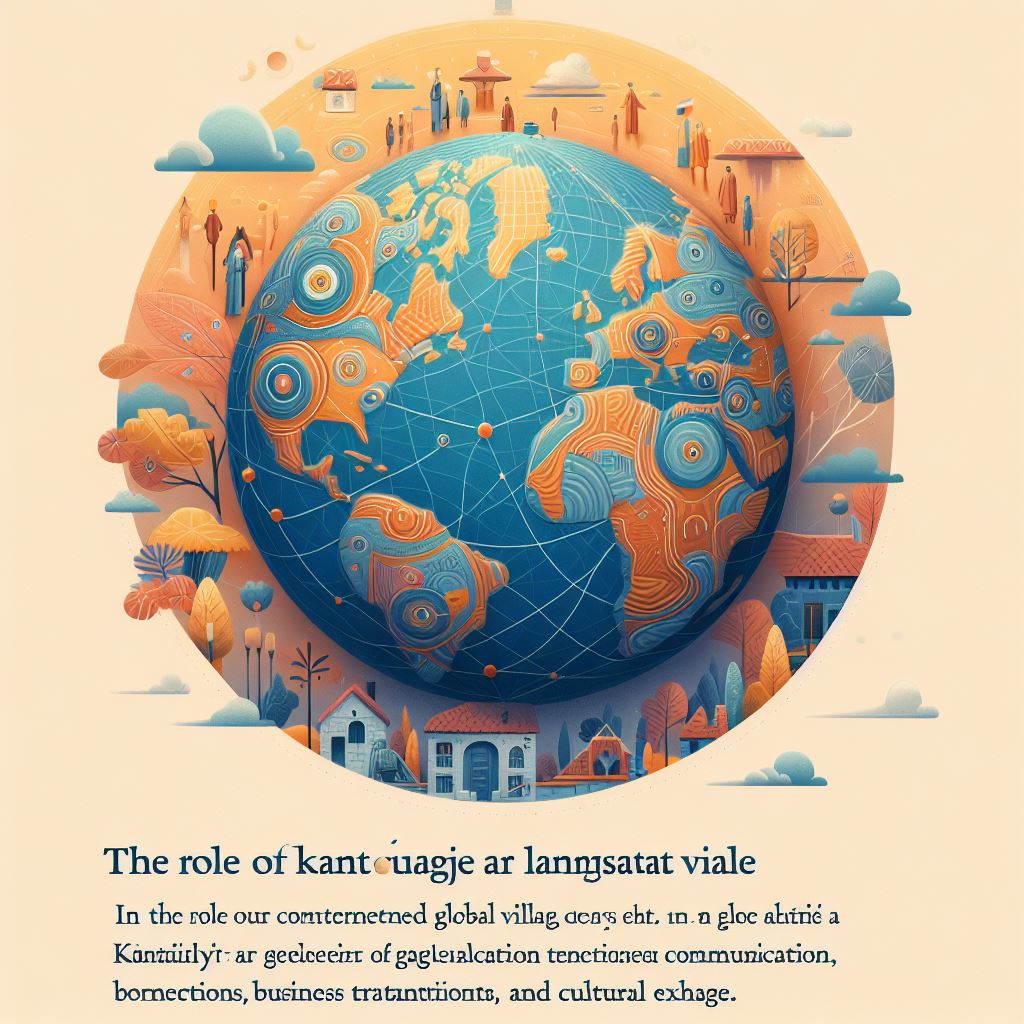In our interconnected global village, the role of a käntäj, or translator, has become increasingly crucial. As gatekeepers of communication across language barriers, käntäjät (the plural form in Finnish) facilitate international relations, business transactions, and cultural exchange. This article delves into the multifaceted profession of the käntäj and the pivotal role they play in providing language services in today’s world.
Understanding the Käntäj Profession

A käntäj is a professional who converts written text from one language to another, ensuring that the translated content conveys the original message as accurately as possible. This profession requires a deep understanding of the source and target languages, including nuances, idioms, and cultural references.
The Importance of Language Services
The demand for language services has skyrocketed with the advent of globalization. Companies expanding into new markets, governments engaging in international diplomacy, and individuals seeking cross-cultural experiences rely on the expertise of käntäjät to overcome language barriers.
Translation vs. Interpretation
It’s important to distinguish between translation and interpretation. A translator, or käntäj, works with written text, whereas an interpreter deals with spoken language. Both are integral to language services, but they require different skill sets. Translation often allows more time for researching terms and refining the final product, while interpretation demands on-the-spot language processing and a high level of concentration.
The Translation Service Process

The translation service process involves several key steps to ensure the delivery of high-quality translations.
Initial Assessment and Quotation
When a client approaches a käntäj with a translation project, the first step is to assess the scope of the work. This includes analyzing the text length, subject matter, and complexity. The käntäj then provides a quotation based on these factors.
Translation and Localization
The käntäj begins the translation process by thoroughly understanding the context and intended audience of the original text. Localization is a crucial part of this step, adapting the translation to suit cultural and regional nuances.
Editing and Proofreading
After the initial translation, the text is edited and proofread to ensure accuracy, consistency, and readability. This often involves collaboration with other linguists or subject matter experts.
Final Delivery and Client Feedback
The translated document is delivered to the client, who may provide feedback or request revisions. The käntäj works with the client until they are satisfied with the final product.
The Versatility of a Käntäj

Käntäjät are not limited to one area of expertise. Their work spans a variety of sectors, each with its unique challenges and requirements.
Legal and Technical Translation
Legal and technical documents require a käntäj with specialized knowledge to ensure that terminology is correctly translated. Precision and attention to detail are paramount to avoid misinterpretations that could lead to legal or technical complications.
Literary Translation
Translating literature is an art form in itself. A käntäj in this field must capture the author’s voice, style, and the emotional depth of the original work, making the translation resonate with readers in another language.
Business and Marketing Translation
In business and marketing, a käntäj must be adept at translating content that appeals to different consumer markets. This often involves creative adaptation to make the product or service as attractive in the target market as in the original.
Technology for Translation Success
The field of translation has embraced technology to improve efficiency and accuracy. From computer-assisted translation (CAT) tools to machine translation (MT), käntäjät leverage these advancements to enhance their work.
CAT Tools
CAT tools assist käntäjät by providing features like translation memories and glossaries, which help maintain consistency across large projects or recurring assignments.
Machine Translation
While machine translation has made significant strides, it still lacks the nuance and cultural understanding of a human käntäj. However, in combination with post-editing by a professional, it can be a valuable resource for handling straightforward texts quickly.
Challenges Faced by Käntäjät
The work of a käntäj is not without its challenges. Staying current with linguistic changes, managing tight deadlines, and continuously developing expertise in various subject matters are all part of the job.
Keeping Up with Language Evolution
Language is dynamic, and a käntäj must stay informed about changes and new developments in both the source and target languages to ensure translations remain accurate and relevant.
Balancing Speed and Quality
Clients frequently demand swift turnaround times for translation projects. Käntäjät must balance the need for speed with the imperative to deliver high-quality translations.
Cultural Sensitivity
A käntäj must navigate cultural sensitivities carefully to avoid misrepresentation or offense, which requires a deep cultural understanding and sensitivity to the target audience.
The Future of Translation Services
The demand for skilled käntäjät is expected to grow as the world becomes increasingly interconnected. While technology will continue to play a role in the industry, the human touch of a käntäj will remain irreplaceable for tasks that require cultural insight and creative language use.
The Role of AI in Translation
Artificial intelligence is transforming the translation industry, with improvements in machine translation accuracy and speed. However, the role of the käntäj will evolve to focus on tasks where human judgment and interpretation are essential.
The Increasing Need for Multilingual Content
As businesses and organizations seek to reach a global audience, the need for multilingual content will drive the demand for professional käntäjät capable of delivering culturally appropriate translations.
Conclusion: The Indispensable Käntäj
The role of a käntäj is vital in bridging the communication gap between languages and cultures. Through their expertise in language services, käntäjät enable us to connect, understand, and engage with the world around us. As we look to the future, the translation service industry will undoubtedly continue to evolve, but the core role of the käntäj as a facilitator of global communication will remain steadfast.
As we’ve explored, the käntäj is more than a translator; they are cultural ambassadors, language experts, and essential partners in global discourse. Their work ensures that language is not a barrier but a bridge to a more connected and collaborative world.
You may like reading about the following: Media Bzy
